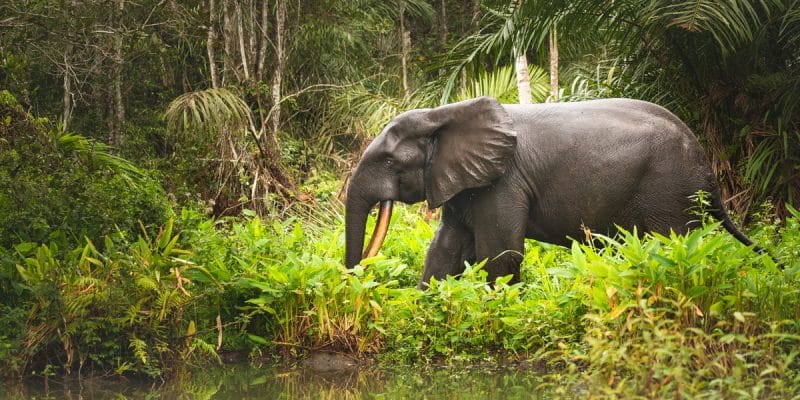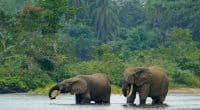Recognised in more than one way as a model country for nature conservation in Central Africa and beyond, Gabon wants to collect "biodiversity credits", compared to carbon credits. The project will be defended at the COP15 on biodiversity in China.
Biodiversity credits’. This is a first in the world, and it comes from Gabon. This term refers to a certified unit, held by a country or a project for its contribution to the preservation of natural resources. It is promoted by the British naturalized Gabonese, Lee White, the Minister of Water and Forests of this Central African country that wants to be an example in the world for the preservation of nature. For the Gabonese minister, the biodiversity credit should be developed on the model of the carbon credit, which is a unit equivalent to one tonne of CO2 avoided or sequestered by a project.
In the wake of the resolutions that will be examined at the 15th session of the United Nations Conference on Biodiversity (COP15) to be held next summer in Kunming, China, Gabon intends to initiate the debate on biodiversity credit. “We will start working on a biodiversity credit system like carbon credits. The Congo Basin is the heart and lungs of Africa, and it helps to maintain the stability of our continent. Surely we can put a price on this service and put a value on this equatorial forest,” says Minister Lee White.
Read also-GABON: A model in terms of forest preservation, Libreville receives $17 m from CAFI
If so, Gabon should benefit fully from a COP15 resolution on biodiversity credit. Gabon is 88% forested and has absorbed three billion tonnes of CO2 since the 1992 Rio Earth Summit. According to official figures, terrestrial and marine protected areas have increased from 0 to 22% and 0 to 27% of the national territory respectively. Gabon has increased its population of forest elephants by 50% to 95,000 individuals, while on the continental level, the population of these pachyderms has fallen by 75%.
Boris Ngounou







